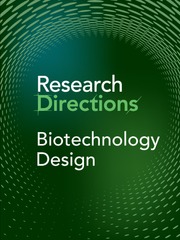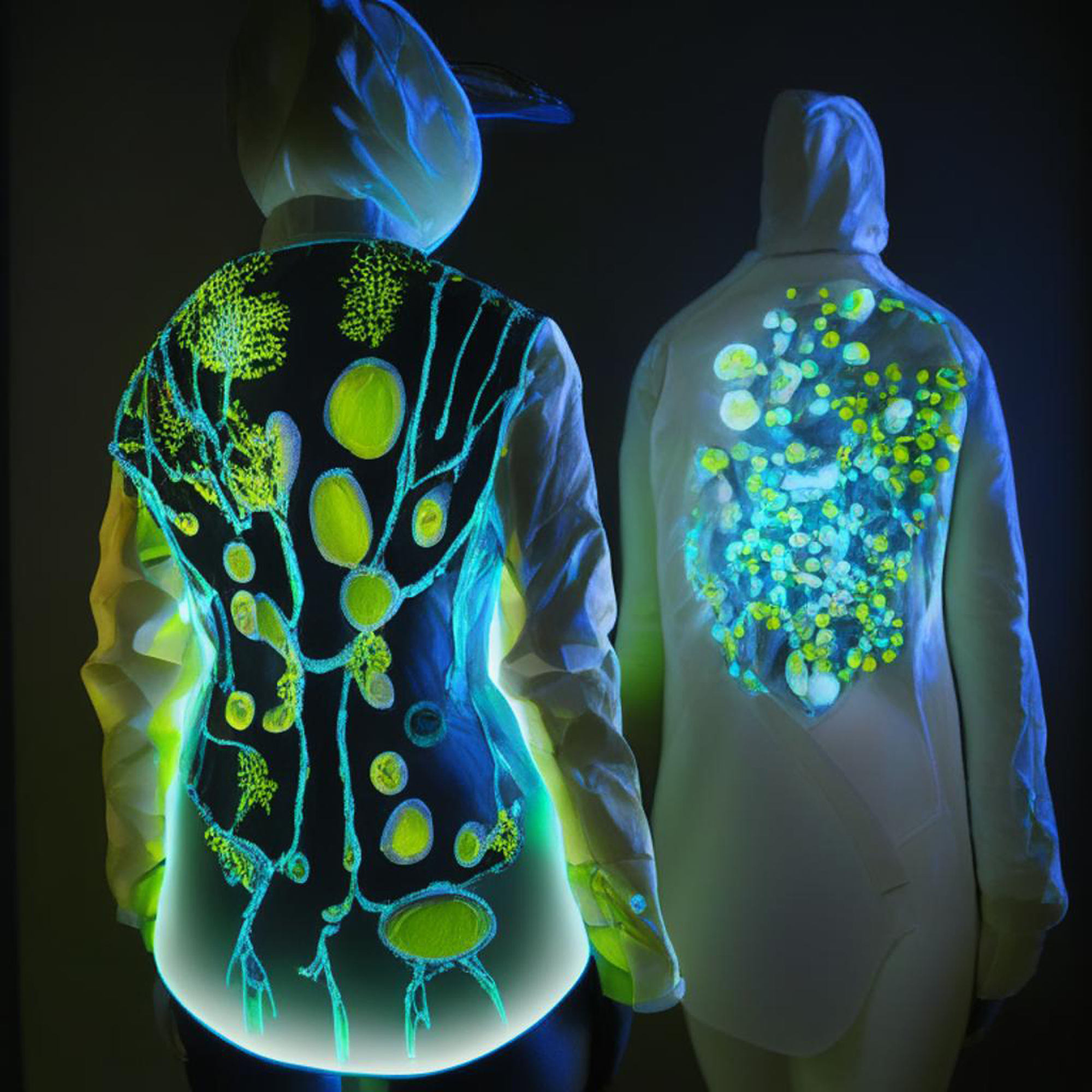Context
Biosecurity is essential for safeguarding biological materials and technologies, but traditional approaches often lack the excitement and engagement needed for widespread adoption. This question seeks to explore innovative strategies that go beyond conventional methods, incorporating interdisciplinary collaboration, creative activism, and groundbreaking design to spark biosecurity socialization.
By combining expertise from diverse fields such as art, science, technology, and sociology, we can reimagine biosecurity practices in a way that captivates and inspires. By harnessing the power of esthetics, sensory experiences, and thought-provoking interventions, we can bridge the gap between scientific rigor and public engagement, creating a vibrant biosecurity culture that resonates with individuals and communities.
This question, therefore, requires research from a wide range of fields across science, the arts and social science to reveal what is missing in our discourse, and start to provide examples of how this can be an important aspect of biotechnology design practice by investigating the transformative power of biosecurity “artivism” in shaping public perception and behavior.
Contributions
This call for papers (e.g., reviews, opinions, perspectives, original research, visual results, methodology) invites researchers to explore the following areas:
Results
-
Design-driven biosecurity innovations: Exploring how cutting-edge design, biomimicry, and human-centered approaches can revolutionize the development of biosecurity solutions, products, and infrastructure.
-
Design against crime (Ekblom Reference Ekblom2005; Elgabry Reference Elgabry2022) in biosecurity: Exploring design strategies, products, and environments that deter unauthorized access, misuse, or theft of biological materials and technologies as these advance and converge. Taking into account human factors, user-centered design, and social dynamics, crime science principles (see Cockbain Reference Cockbain and Laycock2017) can be applied to understand and prevent biosecurity risks, including threat assessment, situational prevention, and offender profiling.
-
Artistic results in technological advancements for biosecurity: Leveraging artistic approaches in emerging technologies such as blockchain, artificial intelligence, and biometric systems to enhance the traceability, authentication, and secure handling of biological materials.
Analysis
-
Case studies and best practices: Presenting case studies, practical experiences, and best practices that demonstrate successful integration of crime science, design against crime, biosecurity artivism, and/or biohacking in socializing biosecurity.
-
Biosecurity and the environment: Considering the ecological impact of biosecurity practices, evaluating sustainable approaches, and promoting the integration of biosecurity with conservation efforts and ecosystem resilience.
-
Socio-cultural dimensions of biosecurity: Investigating the impact of cultural values, societal norms, and ethical considerations on the adoption and effectiveness of biosecurity measures, highlighting the need for context-specific approaches.
-
Biohacking and responsible innovation: Exploring the biohacking community and its potential contributions to biosecurity, emphasizing responsible practices, ethical considerations, and community engagement.
Impact
-
Biosecurity entrepreneurship and industry partnerships: Investigating how entrepreneurial ventures, industry collaborations, and startup ecosystems can drive biosecurity innovation, commercialization, and market adoption.
-
Biosecurity artivism (www.kinobybronic.com): Examining the role of art and creative practices in raising awareness, engaging the public, and shaping attitudes towards biosecurity risks and responsible behavior.
-
Biosecurity education and storytelling: Examining the power of narrative, storytelling, and immersive experiences to educate and engage the public, fostering a sense of personal connection and responsibility towards biosecurity.
-
Community engagement and citizen science: Exploring participatory approaches, citizen science initiatives, and grassroots movements that empower individuals and communities to actively contribute to biosecurity practices and decision-making.
This interdisciplinary exploration of a biosecurity socialization aims to inspire researchers, practitioners, artists, policymakers, and citizens to join forces in reshaping the future of biosecurity through unconventional and captivating means.
Additional material and early outputs
We welcome a broad range of curated discussion pieces including submission of design portfolios, short polemics, position pieces, or provocations. As the question content develops we expect this engagement to comment on the existing archive of published material.
How to contribute to this Question
If you believe you can contribute to answering this Question with your research outputs find out how to submit in the Instructions for authors (https://www.cambridge.org/core/journals/research-directions-biotechnology-design/information/author-instructions/preparing-your-materials). This journal publishes Results, Analyses, Impact papers and additional content such as preprints and “grey literature.” Questions will be closed when the editors agree that enough content has been published to answer the Question so before submitting, check if this is still an active Question. If it is closed, another relevant Question may be currently open, so do review all the open Questions in your field. For any further queries check the information pages (https://www.cambridge.org/core/journals/research-directions-biotechnology-design/information/about-this-journal) or contact this email (biotechnologydesign@cambridge.org).
Competing interests
None.



